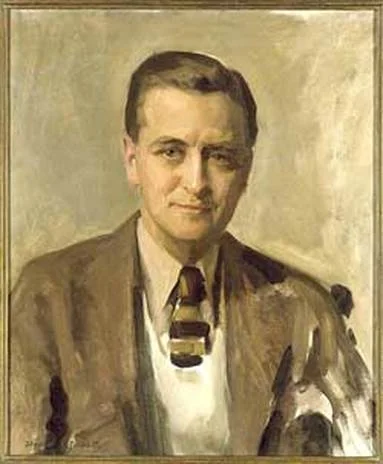Ninth Street Women
Reviewed by Marjorie Heins
Mary Gabriel's group biography of five leading women artists in the Abstract Expressionist movement — Lee Krasner, Elaine de Kooning, Grace Hartigan, Joan Mitchell, and Helen Frankenthaler — weighs in at 722 pages (892 if you count endnotes and bibliography), yet leaves the reader (or at least, this reader) hungry for what is left out. Gabriel spends almost as much time recycling well-known stories about the men these five "Ab Ex" stars married, bedded, or hung out with, as it does on the women themselves. In the process, it pays scant attention to dozens of other female artists of the time.
Read More








